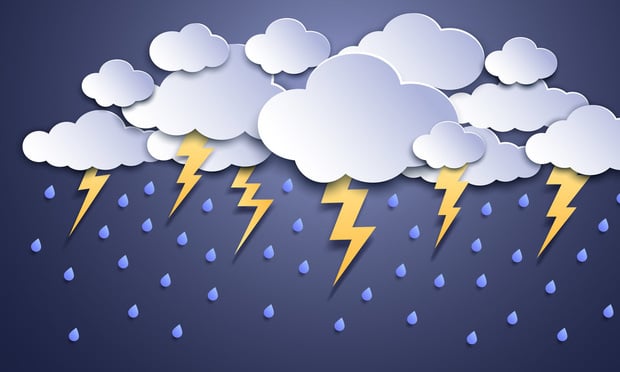SANTA ANA, CA—Although the market for existing-home sales is still underperforming its potential, it has made considerable gains on both a year-over-year and post-recession basis, according to data First American Financial Corp. released Wednesday. Potential existing-home sales decreased in March to a 5.5-million seasonally adjusted, annualized rate, a decline of 1.5% compared to February but an increase of 83.3% over the market potential low point reached in December 2008.
The market for existing-home sales is underperforming its potential by 2.3% or an estimated 129,000 SAAR sales, according to First American. Yet that's a 47% improvement compared to the year-ago period, when the the housing market for existing-home sales was underperforming its potential by an SAAR of 275,000 sales.
Compared to a year ago, the market for potential home sales is up 0.6%. “Despite higher mortgage rates, the potential for home sales increased on an annual basis driven by steady income and job growth, along with a surge in building permits,” says Mark Fleming, chief economist at First American. “While it may be a little late for this spring, the increase in building permits is a welcome sign that some relief may be in sight for the inventory shortages that are holding back many markets from realizing their full potential this spring.”
Recommended For You
Want to continue reading?
Become a Free ALM Digital Reader.
Once you are an ALM Digital Member, you’ll receive:
- Breaking commercial real estate news and analysis, on-site and via our newsletters and custom alerts
- Educational webcasts, white papers, and ebooks from industry thought leaders
- Critical coverage of the property casualty insurance and financial advisory markets on our other ALM sites, PropertyCasualty360 and ThinkAdvisor
Already have an account? Sign In Now
*May exclude premium content© 2025 ALM Global, LLC, All Rights Reserved. Request academic re-use from www.copyright.com. All other uses, submit a request to asset-and-logo-licensing@alm.com. For more information visit Asset & Logo Licensing.









